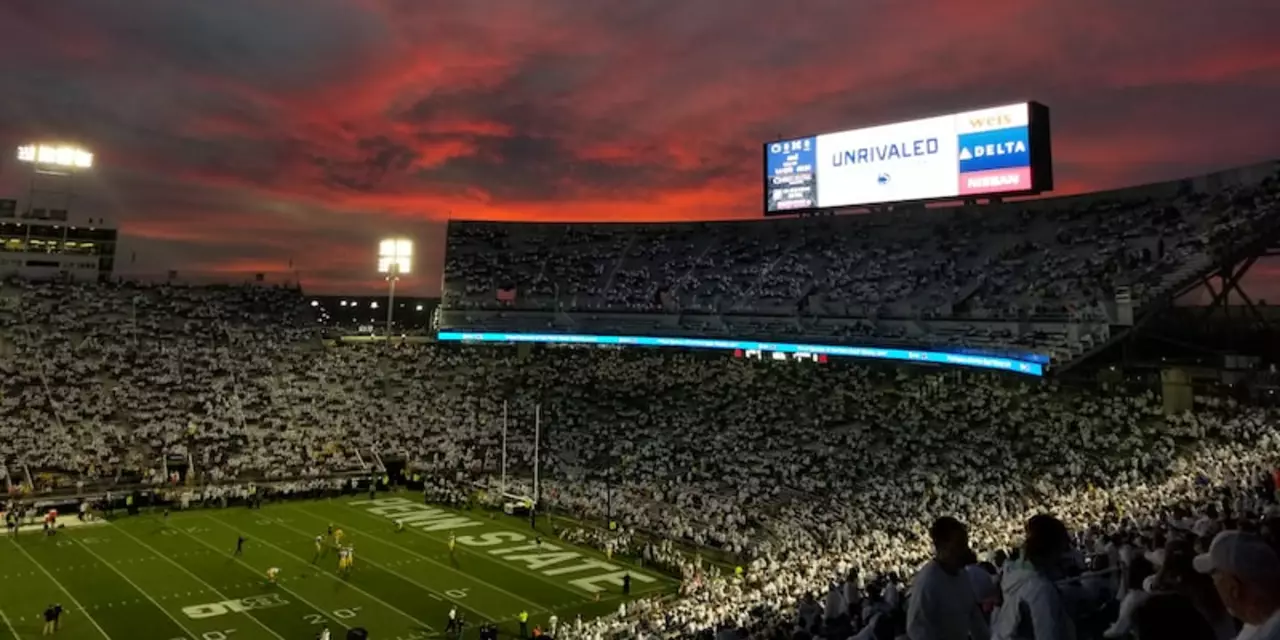Age in Sports: What You Need to Know
Ever wondered why a 19‑year‑old can still hit the high school field while a 21‑year‑old can’t? Age isn’t just a number in sports – it’s the rulebook. From youth leagues to pro circuits, age determines who can play, how long they can stay, and even what positions they’re allowed to fill. Let’s break down the basics so you can see why age matters and how it shapes the game.
Age Rules Across Different Levels
High schools usually set a cut‑off at 19 or 20, depending on the state. That means a student who turns 19 before the school year starts can still compete, but once they hit 20, most governing bodies say “no more.” College sports have similar limits, but they also factor in academic standing and the “five‑year clock” that starts when you first enroll.
Professional leagues are stricter about lower ages. The NFL won’t draft anyone under 21, while the NBA has a one‑year‑out‑of‑high‑school rule. Even in motorsports like Formula 1, drivers need a super licence that requires a minimum age of 18 and a certain amount of points earned in lower categories. These rules keep the competition level and protect younger athletes from premature pressure.
Why Age Matters for Fair Play
Age impacts physical development. A 15‑year‑old is still growing, while a 25‑year‑old is at peak performance. Mixing those ages can give older players a huge advantage, which is why most leagues separate age groups. It also helps prevent injuries – younger bodies handle the stress of high‑intensity training differently.
Beyond the physical side, age shapes experience. Older athletes bring strategy, leadership, and a better handle on pressure. Youth leagues focus on learning fundamentals, while senior leagues expect tactical nuance. When age limits are clear, coaches can tailor training to match the players’ maturity level, leading to better skill development and a more balanced competition.
Age also influences eligibility for scholarships and funding. Many university programs offer financial aid based on athletic performance, but they must stay within the age limits set by the NCAA. Missing a deadline because of an age rule can cost an athlete a scholarship opportunity – something you definitely don’t want.
In community sports, age categories help parents find the right fit for their kids. Whether you’re looking at a local soccer league for under‑12s or a masters basketball league for 40‑plus players, the age tag tells you exactly who the competition is meant for.
So, next time you hear a debate about a 19‑year‑old playing high school sports or wonder why a teen can’t sign a pro contract, remember it’s all about keeping the playing field level, protecting health, and giving each athlete a chance to grow at the right pace.

Can I play college football at the age of 23?
This article discusses the possibility of playing college football at the age of 23. Generally, NCAA rules stipulate that a student-athlete must be enrolled in a college or university and must be 24 years old to compete on the field. However, there are exceptions to this rule that allow 23-year-old students to play college football. These include graduating early from high school, transferring from a junior college, or taking a gap year. Additionally, the NCAA allows an athlete to petition for a waiver to compete at the age of 23 if they have special circumstances. Therefore, it is possible to play college football at the age of 23.
March 2 2023